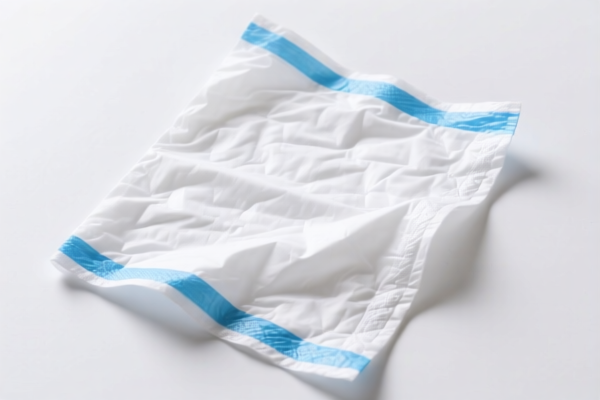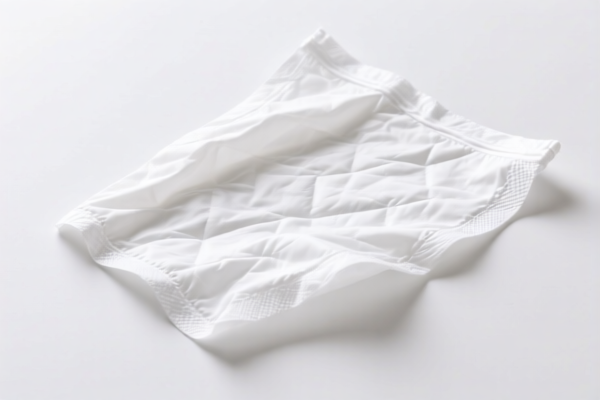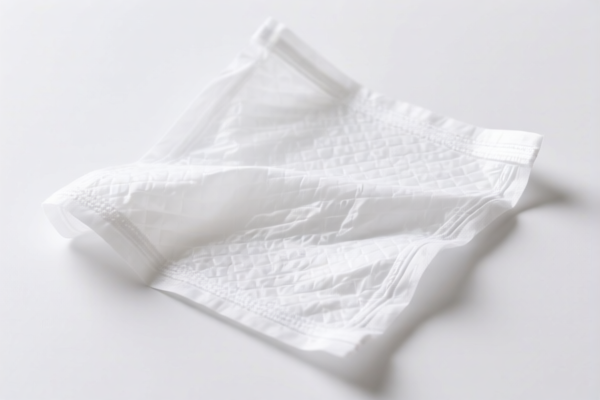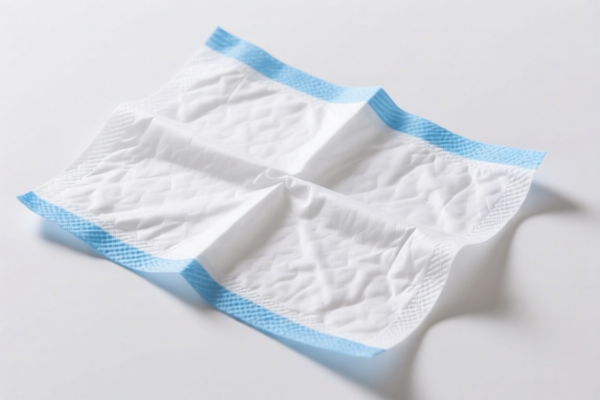| HS Code | Official Doc | Tariff Rate | Origin | Destination | Effective Date |
|---|---|---|---|---|---|
| 6302290020 | Doc | 42.0% | CN | US | 2025-05-12 |
| 6302390030 | Doc | 41.8% | CN | US | 2025-05-12 |
| 6304190500 | Doc | 49.5% | CN | US | 2025-05-12 |
| 6304191000 | Doc | 41.9% | CN | US | 2025-05-12 |
| 4818300000 | Doc | 55.0% | CN | US | 2025-05-12 |
| 4818900080 | Doc | 37.5% | CN | US | 2025-05-12 |
| 4823908000 | Doc | 55.0% | CN | US | 2025-05-12 |
| 3919905060 | Doc | 60.8% | CN | US | 2025-05-12 |
| 3919901000 | Doc | 61.5% | CN | US | 2025-05-12 |
| 3921901100 | Doc | 59.2% | CN | US | 2025-05-12 |
| 3921901500 | Doc | 61.5% | CN | US | 2025-05-12 |




Disposable Bed Sheet
Disposable bed sheets are single-use coverings designed to protect mattresses and bedding, offering convenience and hygiene. They are commonly used in healthcare, hospitality, and personal care settings.
Material
These sheets are typically constructed from non-woven materials, including:
- Polypropylene (PP): A common, lightweight, and economical choice. Offers good fluid resistance and breathability.
- Polyethylene (PE): Provides superior fluid resistance, often used in heavier-duty applications.
- Spunbond Polypropylene (SBPP): A stronger and more durable non-woven fabric.
- SMS (Spunbond-Meltblown-Spunbond): A multi-layer fabric offering excellent strength, filtration, and fluid resistance.
- Wood Pulp: Less common, offering a more natural and biodegradable option, often used in combination with other materials.
Purpose
- Protection: Shields mattresses and bedding from stains, spills, and contaminants.
- Hygiene: Reduces the spread of germs and bacteria, especially important in medical environments.
- Convenience: Eliminates the need for laundering, saving time and resources.
- Cost-Effectiveness: Can be more economical than frequent laundering of traditional linens, particularly in high-volume settings.
Function
Disposable bed sheets function as a barrier between the user and the bedding. They typically feature:
- Fluid Resistance: Repels liquids to prevent penetration to the mattress.
- Breathability: Allows air circulation to maintain comfort.
- Softness: Provides a comfortable surface for the user.
- Secure Fit: Often include elastic edges or adhesive strips to stay in place.
Usage Scenarios
- Healthcare: Hospitals, clinics, nursing homes, and assisted living facilities utilize them for patient beds, examination tables, and procedure rooms.
- Hospitality: Hotels, motels, and spas use them for massage tables, tanning beds, and temporary bed protection.
- Personal Care: Used in salons, spas, and for home use during massage, facials, or to protect furniture during painting or other activities.
- Travel: Convenient for use in dorms, camping, or other temporary sleeping arrangements.
- Emergency Preparedness: Included in disaster relief kits and emergency shelters.
Common Types
- Flat Sheets: Standard rectangular sheets, similar to traditional bed linens.
- Fitted Sheets: Designed with elastic edges to fit snugly over mattresses.
- Drawsheet: Smaller sheets placed under the patient to facilitate repositioning.
- Waterproof Sheets: Constructed with a waterproof layer for enhanced protection against fluids.
- Perforated Sheets: Feature perforations for easy tearing and disposal.
- With/Without Elastic: Available with or without elastic edges, depending on the application.
- With/Without Adhesive: Some sheets include adhesive strips to secure them to the mattress.
Disposable bed sheets typically fall under classifications related to paper or non-woven materials used for household or sanitary purposes. Here's a breakdown of relevant HS codes based on the provided reference material:
- 4818.30.00.00: This HS code covers toilet paper and similar paper, cellulose wadding or webs of cellulose fibers, of a kind used for household or sanitary purposes, in rolls of a width not exceeding 36 cm, or cut to size or shape; handkerchiefs, cleansing tissues, towels, tablecloths, table napkins, bed sheets and similar household, sanitary or hospital articles, articles of apparel and clothing accessories, of paper pulp, paper, cellulose wadding or webs of cellulose fibers: Tablecloths and table napkins. While primarily for tablecloths and napkins, it could apply to disposable paper bed sheets if they are manufactured in this format. The total tax rate is 55.0% (0.0% basic tariff + 25.0% additional tariff + 30% additional tariff after April 2, 2025).
- 4818.90.00.80: This HS code covers toilet paper and similar paper, cellulose wadding or webs of cellulose fibers, of a kind used for household or sanitary purposes, in rolls of a width not exceeding 36 cm, or cut to size or shape; handkerchiefs, cleansing tissues, towels, tablecloths, table napkins, bed sheets and similar household, sanitary or hospital articles, articles of apparel and clothing accessories, of paper pulp, paper, cellulose wadding or webs of cellulose fibers: Other Other. This is a broader category for paper-based household articles, and is more likely to be applicable to disposable bed sheets not specifically classified as tablecloths/napkins. The total tax rate is 37.5% (0.0% basic tariff + 7.5% additional tariff + 30% additional tariff after April 2, 2025).
- 3919.90.50.60: This HS code covers self-adhesive plates, sheets, film, foil, tape, strip and other flat shapes, of plastics, whether or not in rolls: Other: Other Other. If the disposable bed sheet is made of plastic and self-adhesive, this HS code may apply. The total tax rate is 60.8% (5.8% basic tariff + 25.0% additional tariff + 30% additional tariff after April 2, 2025).
- 3921.90.11.00: This HS code covers other plates, sheets, film, foil and strip, of plastics: Other: Combined with textile materials and weighing not more than 1.492 kg/m2: Products with textile components in which man-made fibers predominate by weight over any other single textile fiber: Over 70 percent by weight of plastics. If the disposable bed sheet is a composite of plastic and textile materials (with plastic being the predominant component), this HS code could be relevant. The total tax rate is 59.2% (4.2% basic tariff + 25.0% additional tariff + 30% additional tariff after April 2, 2025).
- 3921.90.15.00: This HS code covers other plates, sheets, film, foil and strip, of plastics: Other: Combined with textile materials and weighing not more than 1.492 kg/m2: Products with textile components in which man-made fibers predominate by weight over any other single textile fiber: Other (229). This is a broader category for plastic-textile composites, applicable if the disposable bed sheet is a composite material and doesn't meet the specific criteria of HS code 3921.90.11.00. The total tax rate is 61.5% (6.5% basic tariff + 25.0% additional tariff + 30% additional tariff after April 2, 2025).
It is important to determine the material composition (paper, plastic, or composite) and manufacturing process to accurately classify the disposable bed sheet.
Customer Reviews
No reviews yet.